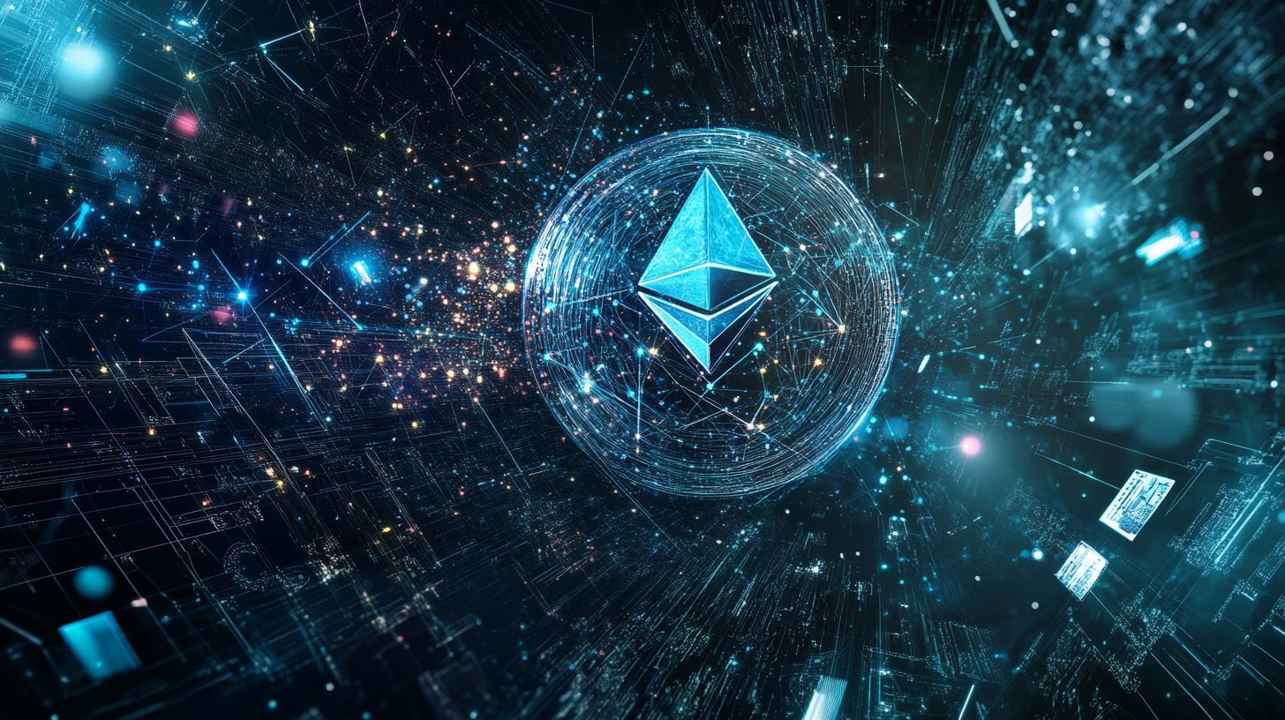RWA Tokenization Market Poised to Surge 50-Fold by 2030: Tren Finance
The sector could achieve a market valuation ranging from $4 trillion to as much as $30 trillion.

The real-world asset (RWA) tokenization market is set for a 50-fold expansion by 2030, according to a Tren Finance report .
In 2024, the RWA tokenization sector has gained significant momentum, positioning itself for substantial progress throughout the decade, the report said.
It noted that major financial institutions and consulting firms suggest the sector could achieve a market valuation ranging from $4 trillion to as much as $30 trillion.
If the market hits the median estimate of approximately $10 trillion, it would mark a 54-fold increase from its current valuation of $185 billion, including stablecoins.
Integration of Blockchain into Finance is a Fundamental Evolution
Tren Finance said there is a massive potential for integrating blockchain technology with traditional finance.
The firm claimed that this trend is not merely temporary but a fundamental evolution towards a more efficient, accessible financial system.
It suggests that as the industry develops, RWAs could become a significant component of global financial markets, reshaping investment and ownership structures.
“The integration of traditional finance with blockchain technology is not just a trend, but a fundamental shift towards a more accessible, efficient, and dynamic financial ecosystem.”
Despite its growth potential, the market remains dominated by stablecoins, which currently account for over $170 billion of the sector.
In contrast, the combined value of tokenized securities and treasuries stands at just $2.2 billion.
Christian Santagata, product marketing manager at RWA protocol re.al, said that RWA tokenization offers various advantages.
By bringing real-world assets onto the blockchain, “transactions become faster, easier, free from third-party intermediaries, and unrestricted by geographical boundaries.”
Santagata also noted that integrating RWAs with decentralized finance (DeFi) could unlock significant advancements.
“DeFi innovations have already reshaped the financial landscape. When combined with RWA tokenization, the potential is immense. This synergy enhances capital efficiency and introduces new financial models designed for this emerging market segment.”
Tokenization Market Could Reach $16T by 2030
A report by the Global Financial Markets Association (GFMA) and Boston Consulting Group estimates the global value of tokenized illiquid assets will reach $16 trillion by 2030 .
Even more conservative estimates from Citigroup suggest that $4 trillion to $5 trillion worth of tokenized digital securities could be minted by 2030.
Recognizing this potential, major companies are making significant moves in the tokenization space.
Goldman Sachs, for instance, plans to launch three new tokenization products later this year, driven by growing client interest.
Some protocols have played a significant role in driving this growth, particularly in terms of active users.
Digital carbon market platforms like Toucan and KlimaDAO, as well as the real estate tokenization protocol Propy, have experienced substantial user growth.
It is worth noting that both public and private blockchains are witnessing the inclusion of various assets.
Some of the more notable examples include Franklin Templeton’s U.S. Government Money Fund expanding from Stellar to Polygon , Backed Finance launching a tokenized short-term U.S. treasury bond exchange-traded fund (ETF), and UBS Asset Management deploying a tokenized money market fund (MMF) on the Ethereum blockchain.
Disclaimer: The content of this article solely reflects the author's opinion and does not represent the platform in any capacity. This article is not intended to serve as a reference for making investment decisions.
You may also like
Senate bill targets emissions from AI and crypto data centers

SEC eyes crypto trading overhaul amid calls for reform

Vitalik Buterin emphasises social philosophy in app layer

NFT trader faces prison for $13 million tax evasion

